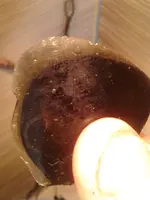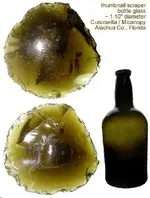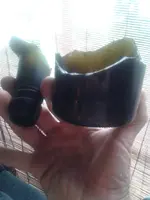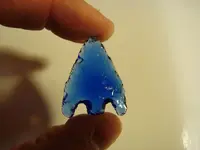GatorBoy
Gold Member
- Joined
- May 28, 2012
- Messages
- 14,716
- Reaction score
- 6,156
- Golden Thread
- 0
- Primary Interest:
- All Treasure Hunting
these came from a site I have found middle archaic stemmed points. and artifacts leading all the way up to european contact. really good spot. just thought you guys might like to look at something a little different. the notch on that scraper looking piece has even been ground smooth. then someone took grinding to the extreme. that piece is a razor sharp
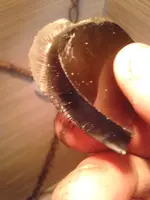
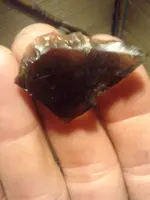
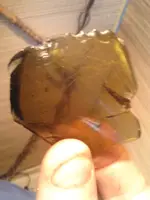



Upvote
0



